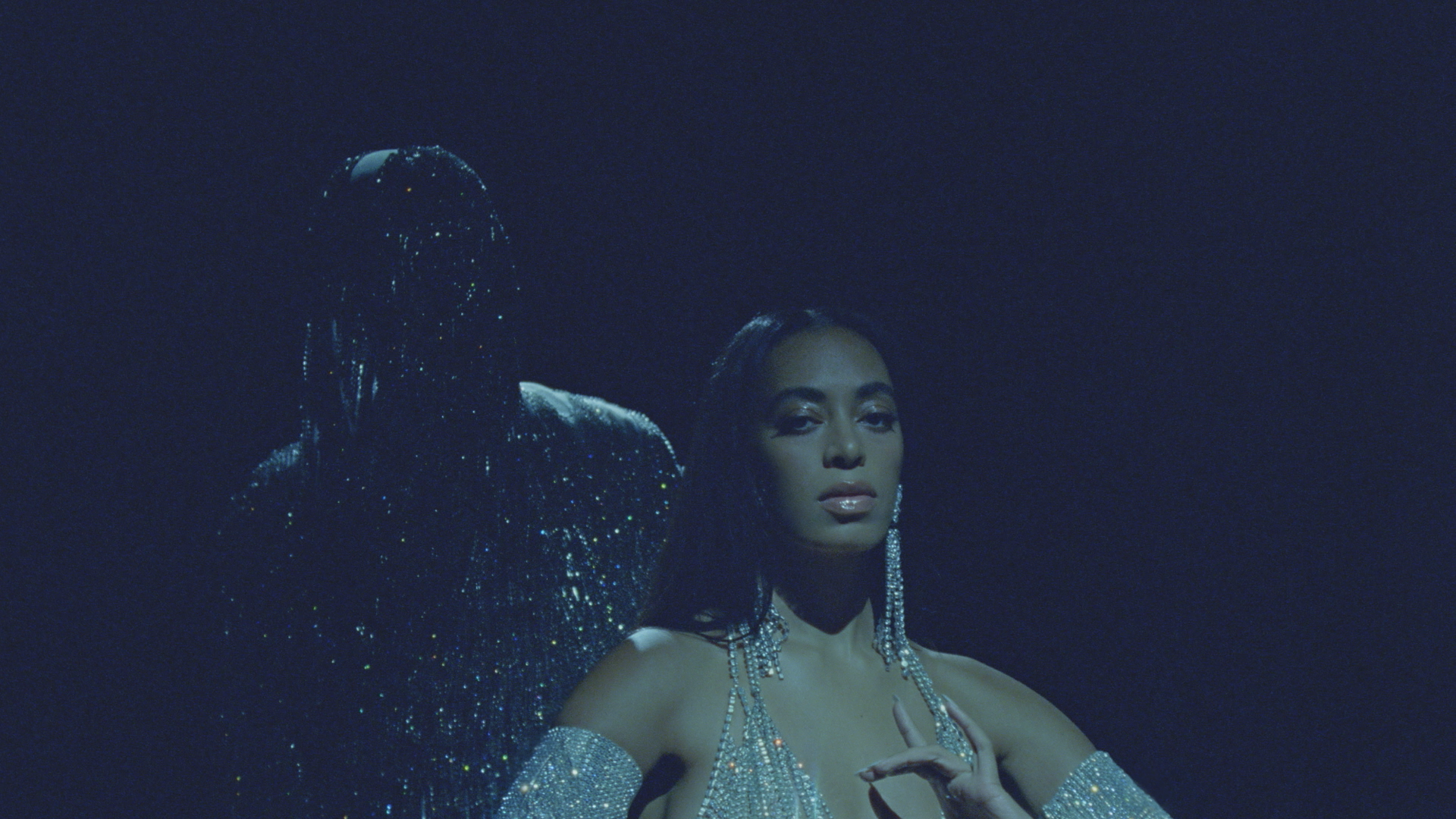
When singer-songwriter Solange set about creating a massive visual album to accompany her new record When I Get Home, she enlisted artist Jacolby Satterwhite to serve as one of the project’s contributing directors. The result, which Solange released without advance notice this month, combines Texas street culture with Brutalist architecture, Modern dance, and surreal, futuristic animation.
“It was an exciting prospect for me to help direct the project because I have been utilizing the language and medium of music video in my latest body of work,” Satterwhite told artnet News. The artist’s 2018 solo show at New York’s Gavin Brown’s enterprise featured the music video for his own concept album, Blessed Avenue, based on the snippets of songs recorded by his late mother on cassette tapes.
“Because this was a mainstream popular music project, it allowed me to be more literal with how I tackled the language,” he added, noting that his contributions to the project also broke new ground for Solange. “I recall some of her earlier videos had a lot of post-production in a standard pop way, but no 3-D animation.”
Featuring an abridged version of the album, the “interdisciplinary performance art film” is directed and edited by Solange. Most of the 33-minute video was shot in Texas, but Satterwhite’s portion, set to the song “Sound of Rain,” appears to take place in an alternate universe that is neither past nor future.
Appearing about 28 minutes in, the sequence is preceded with the text of the “Cowboy’s Prayer,” before transitioning into one of Satterwhite’s queer dreamscapes, this one prominently featuring a naked cowboy mounted on a horse-like creature—a reflection of Solange’s interest in black rodeo culture. Part of the segment unfolds in a building resembling the Roman Colosseum, the crowds dancing and gyrating.
“I had a deep visual synesthesia response when I first heard the album last summer, so I feverishly went back to New York with a complete storyboard already conceived,” said Satterwhite of the creative process. “Solange’s visual motifs, archives of images, architectural inspiration, and design interests were in direct parallel with my own so it felt effortless.”
Solange, When I Get Home, Jacolby Satterwhite, “Sound of Rain” (still). Photo courtesy of Apple Music.
The music video contains other art references as well, with the opening sequence filmed Houston’s Rothko Chapel, the non-denominational worship space built to house the work of Mark Rothko. (Houston’s Third Ward, where Solange grew up, features heavily in the film.) The chapel was “one of the first art spaces I had access to,” Solange told the New York Times.
Artists Autumn Knight, who will appear in the upcoming 2019 Whitney Biennial, and Rob Pruitt also contributed to the project, the latter with selection of animal portraits. Solange’s interest in the visual arts is well-documented—she has performed in recent years at art institutions including the Chinati Foundation in Marfa, Texas; the Hammer Museum in Los Angeles; and the Guggenheim Museum in New York.
Solange, When I Get Home, Jacolby Satterwhite, “Sound of Rain” (still). Photo courtesy of Apple Music.
“Solange is deeply rooted in her own visual lexicon and history,” Satterwhite said, noting that working with the famous musician “was very easy because I was given 100 percent trust and creative agency.”